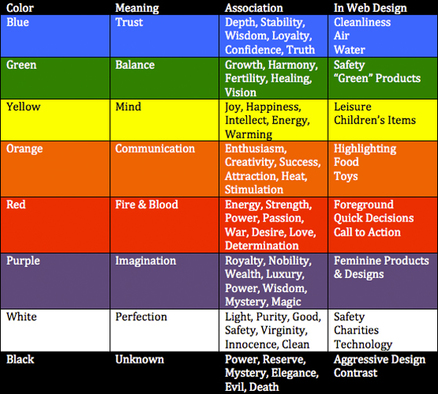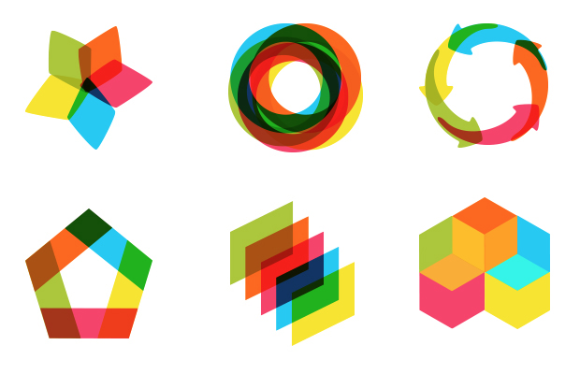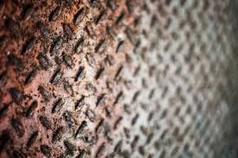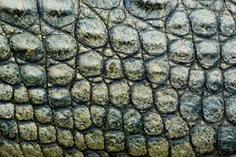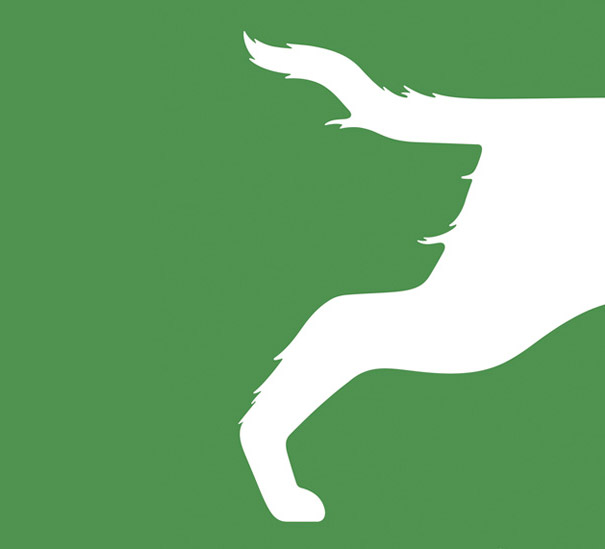THE ELEMENTS OF DESIGN
The elements of Visual Design / Visual Art provide describe fundamental ideas about the practice of good visual design. These concepts can be utilized and explored when designing a space.
The best designers sometimes disregard the principles of design. When they do so, however, there is usually some compensating merit attained at the cost of the violation. Unless you are certain of doing as well, it is best to abide by the principles.[1]
The best designers sometimes disregard the principles of design. When they do so, however, there is usually some compensating merit attained at the cost of the violation. Unless you are certain of doing as well, it is best to abide by the principles.[1]
Colour
|
Shape
|
A shape is defined as a two or more dimensional area that stands out from the space next to or around it due to a defined or implied boundary, or because of differences of value, color, or texture.[4] All objects are composed of shapes and all other 'Elements of Design' are shapes in some way.[5]
Categories
|
Texture
|
Meaning the way a surface feels or is perceived to feel. Texture can be added to attract or repel interest to an element, depending on the pleasantness of the texture.[5]
Types of texture
https://www.google.com.au/search?q=textures&source=lnms&tbm=isch&sa=X&ved=0ahUKEwiol6qW85nLAhWHnJQKHeWWCWgQ_AUIBygB&biw=1366&bih=631#imgrc=_ |
Space
|
In design, space is concerned with the area deep within the moment of designated design, the design will take place on. For a two-dimensional design, space concerns creating the illusion of a third dimension on a flat surface:[5]
|
Form
|
Form may be described as any three-dimensional object. Form can be measured, from top to bottom (height), side to side (width), and from back to front (depth). Form is also defined by light and dark. It can be defined by the presence of shadows on surfaces or faces of an object. There are two types of form, geometric (man-made) and natural (organic form). Form may be created by the combining of two or more shapes. It may be enhanced by tone, texture and color. It can be illustrated or constructed.
https://en.wikipedia.org/wiki/Design_elements_and_principles |

